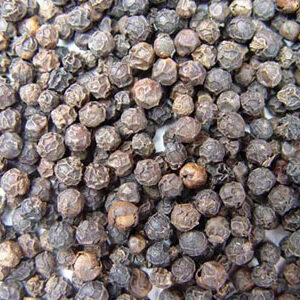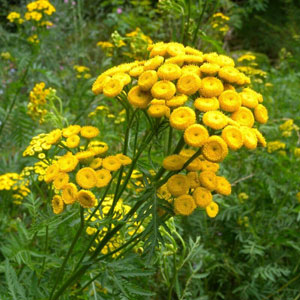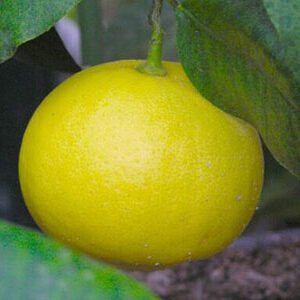Ravensara aromatica Sonnerat
•Ravensara is distilled from the leaves of the Agathophyllum aromaticum
(ravensara aromatica) plant and contains a
high level of estragole
(methyl chavicol).
• Strong antiviral, general tonic and anti-stress remedy
• Best for Shingles, Herpes – use topically to helps to ease pain and
inflammation
• Diffuse and/or use topically as an effective anti-viral.
• Ravensara has a softer aroma than Ravintsara and often described as
having a slight licorice, spicy, herbal and earthy
citrus scent
• Ravensara should be used in high dilution as it can be a skin
irritant
Description
The plant: A member of the Lauraceae family, a tree to a height of 20m
with several buttress roots at the base. Reddish bark and strongly
aromatic, simple elliptical leaves, superior face green and inferior
face lifeless. Easily distinguished by its small green flowers. Fruit
with six septum inside. Geographic distribution: endemic to
Madagascar, this species is abundant in the humid central eastern
rain forest of Madagascar between 700-1000 metres altitude.
Source: Steam distilled leaves.
Colour: Clear, yellow.
Origin: Madagascar.
Aroma: Clean clear and sweet with a faint aniseed , cypress note.
Qualities: This endemic plant should be recognised as Agatophyllum
aromaticum (Sonnerat) Wild. Ideal winter oil used for its penetrating
clearing actions. It is a strong antiseptic. Vaporize to reduce
airborne germs.
Traditionally used crushed and mixed with water, the bark and stem
are used as a tonic and anti viral. The leaves are burnt at home
after a death to prevent sickness from spreading.
Chemical constituents identified: a-pinene, camphene, ß-pinene, d-3-
carene, myrcene, a-phellandrene, a-terpinene, limonene, 1,8-cineole,
cis ß-ocimene, -terpinene, trans ß-ocimene, -cymene, terpinolene,
linalool, ß-caryophyllene, terpinene-4-ol, germacrene-D, ß-humulene,
methyl eugenol 9%. Sustainable Wild Organic: no pesticides or
herbicides used.
Ravensara vs Ravintsara
How to know the difference and which one to choose?
Although there has been some confusion over Ravensara and Ravintsara
essential oils, the fact is they are two distinct essential oils both
chemically and aromatically.
There was much confusion over this oil and usually Ravintsara is sold
as Ravensara. We have carried out extensive research employing the
expertise of Dr. Nesbitt from Kew Botanical Gardens in London. It is
very clear that they are both very different chemically and are from
different species of tree. The production of this oil is of great
concern to the environment as it is usual practice to cut down the
whole tree to harvest the leaves/twigs etc. Our oil is produced using
only the leaves, which are harvested without destroying the trees.
Our grower and distiller has set up a community based sustainable
production system for the oil of the Ravensara aromatica in order to
give incentive to the local population to conserve this species,
which is under high anthropocentric pressure. The British government
has supported this program. A very important amount of money has been
invested to define the sustainable way to use these trees for
conservation purposes. The name Aromatic Ravensare has been patented
and can only be used for essential oil produced the right way (not
threatening the plant). Ravensara can still be used, but we cannot
ensure the way the oils are produced.
Related products

5,00€ – 38,00€









